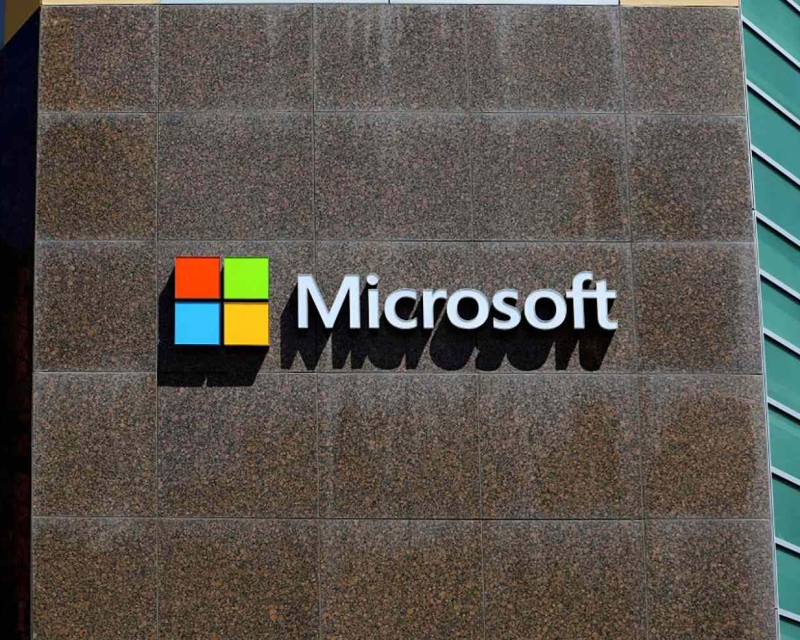Microsoft and CrowdStrike Still Reeling from Outage
In the wake of a catastrophic software debacle that left 8.5 million PCs inoperable, Microsoft is still deep in the trenches, assisting CrowdStrike in rectifying the chaos unleashed by a faulty update. This incident, which began a week ago, has sparked significant discussions within the tech community about the vulnerabilities inherent in current software practices, especially those involving kernel-level access.
Microsoft, while extending a helping hand to CrowdStrike, is now vocally advocating for fundamental changes to Windows. The tech titan is subtly but unmistakably signaling its intent to bolster the resilience of its operating system and push security vendors to rethink their approach to kernel access.
The root of the problem lies in the nature of CrowdStrike’s software, which operates at the kernel level — the very heart of the operating system. This core component has unrestricted access to system memory and hardware, making it a critical area where any malfunction can result in severe consequences. In this case, a bug in CrowdStrike’s testing software led to a disastrous update, causing a widespread epidemic of the infamous Blue Screen of Death (BSOD) across millions of machines.
CrowdStrike has taken responsibility for the mishap, attributing the fault to a flaw in their testing processes. However, this incident highlights a larger issue: the risks associated with allowing third-party applications to run at such a critical level within the operating system. When something goes awry in the kernel, the results are often catastrophic, as evidenced by this recent fiasco.
Microsoft’s call for change is both timely and necessary. The company is suggesting that security vendors, like CrowdStrike, should avoid kernel-level access unless absolutely essential. This could mean developing new protocols and tools that provide robust security without compromising the core stability of the operating system. Microsoft’s hints towards prioritizing a more resilient Windows environment suggest that future updates could include architectural changes designed to safeguard against such widespread failures.
This situation serves as a stark reminder of the delicate balance between security and stability in modern computing. While advanced security measures are crucial in protecting against cyber threats, they must be implemented in a manner that does not jeopardize the fundamental integrity of the system they are designed to protect.
The industry now faces a pivotal moment. By heeding Microsoft’s call for reform and developing more resilient and less invasive security solutions, tech companies can prevent future occurrences of such debilitating incidents. It is a call to innovate, to rethink old practices, and to prioritize the reliability of the systems that millions depend on daily.
As Microsoft and CrowdStrike continue their efforts to mend the damage, the tech world watches closely. This incident could very well be the catalyst for a new era in cybersecurity, one where protection does not come at the cost of stability, and where the core of our systems remains inviolable.






